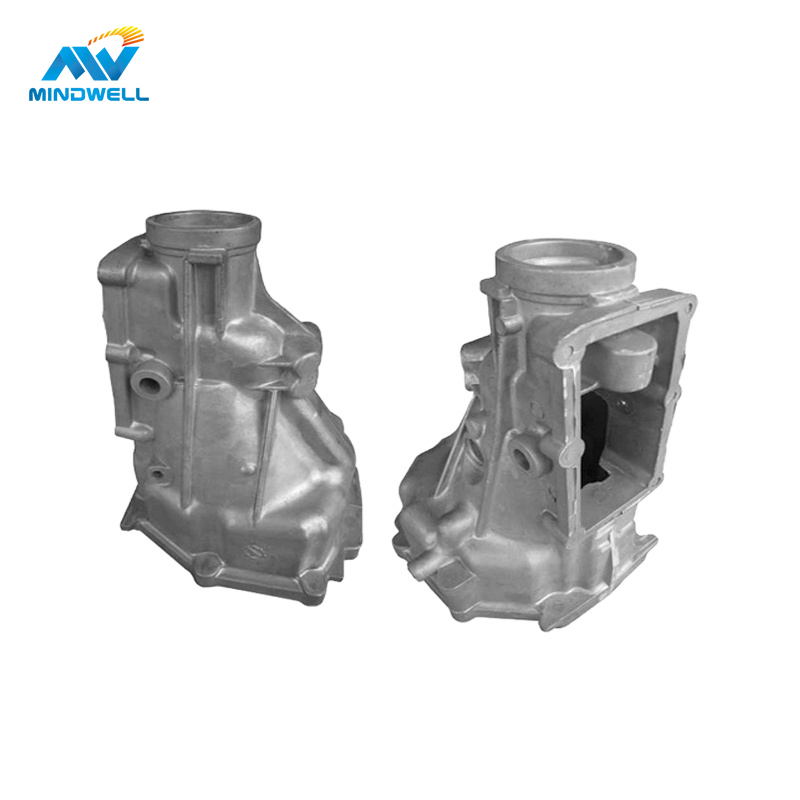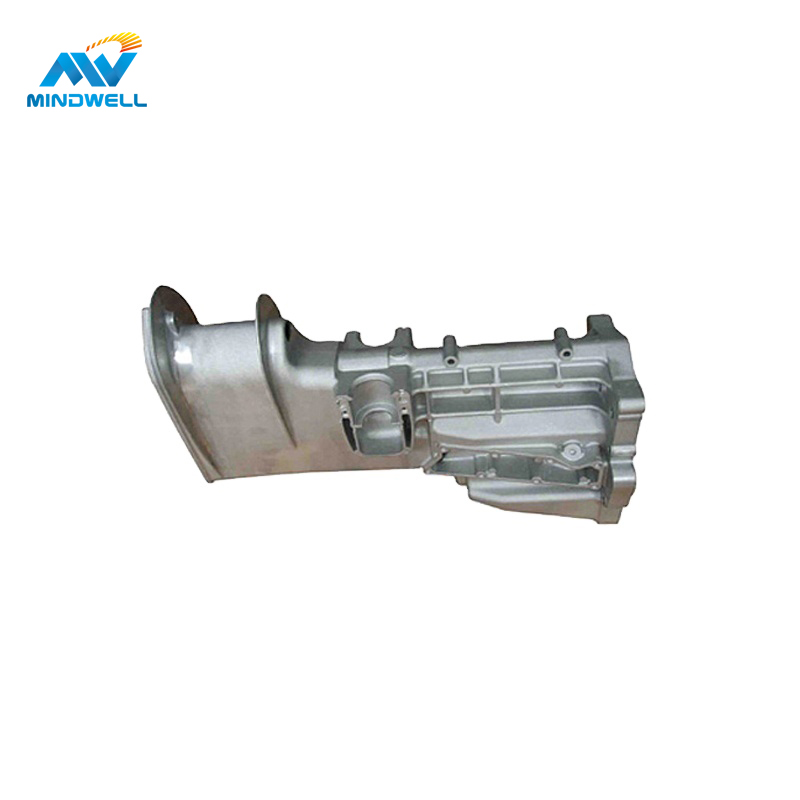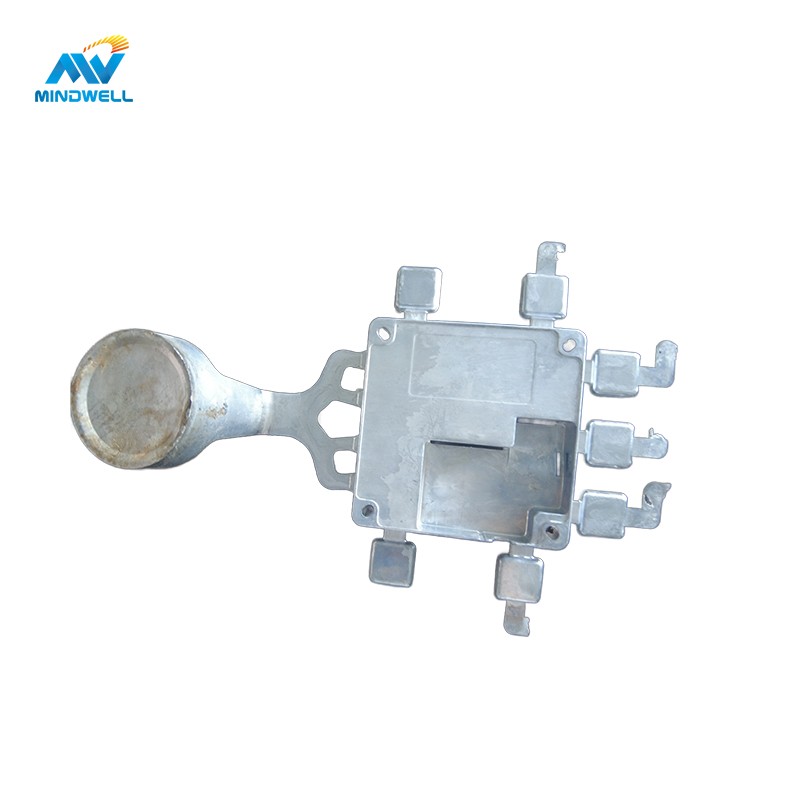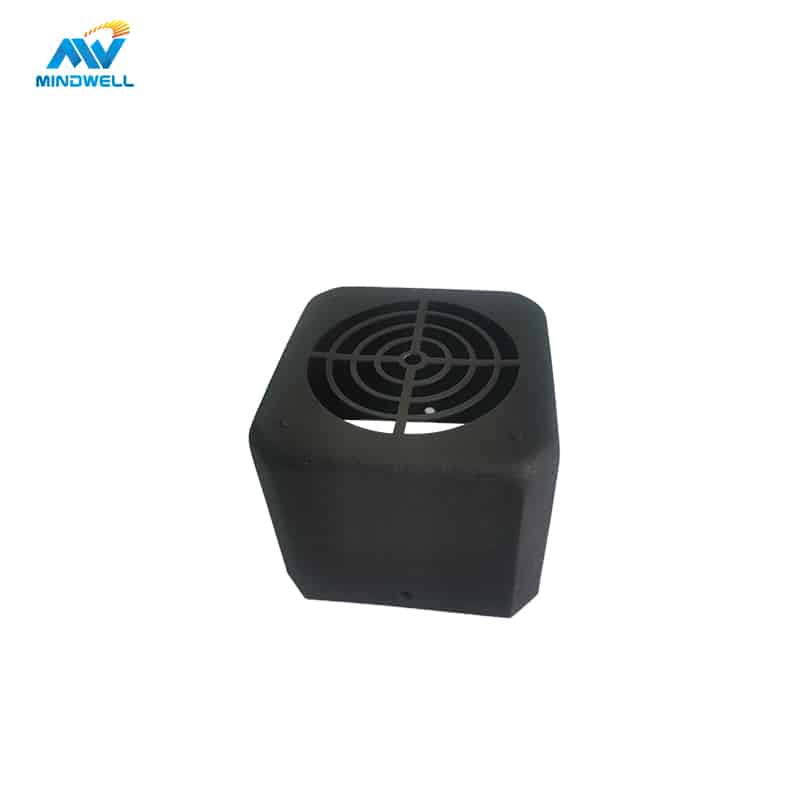Aluminum gravity casting is a metal casting process that refers to the process of injecting aluminum materials into the mold under the action of gravity of the earth. In aluminum gravity casting, the molten aluminum alloy liquid flows into the mold by its own gravity without the need for additional high pressure or air pressure.

Different Types of Aluminum Gravity Die Casting
Aluminum gravity die casting is divided into sand mold casting, metal mold (steel mold) casting, lost foam casting, etc. according to different molds. Different gravity die-casting processes can be selected according to the shape, size, and application of the aluminum castings to be customized. The different types of GDC aluminum castings are as follows:
Sand casting:
Sand casting is the most common aluminum gravity casting method, in which sand molds are used as molds. The advantages of using sand casting methods include low cost, high flexibility, and suitability for the production of single-piece or large-volume aluminum castings.
An important advantage of sand casting is that it can deal with a variety of complex part geometries, and it is easy to change the mold to suit different design requirements.
The above are the advantages of sand casting, but its disadvantage is that the surface quality is usually rough, and subsequent processing and surface treatment are required.
Metal type (steel mold) casting:
Metal mold casting uses metal molds, usually made of steel, which offer higher precision, better surface quality, and longer mold life. In gravity casting, metal mold casting is suitable for manufacturing aluminum castings that require higher quality, such as automotive engine parts and aerospace parts.
However, the mold manufacturing cost of metal mold casting is relatively high, and it is suitable for medium- to large-scale production. If you need aluminum gravity die casting with good surface quality and higher part quality, and then you need to mass produce it, gravity die casting for metal molds is the best choice.
Lost Foam Casting:
Lost Foam Casting is a high precision aluminum casting method. This method uses a meltable wax model, encases it in a ceramic shell, and then burns off the wax model at high temperatures, leaving a cavity, and finally injects aluminum alloy into the cavity. Lost foam casting is suitable for aluminum castings that require very high precision and complex geometries, such as aerospace and medical equipment components, because the mold is more expensive to manufacture and suitable for small batch production.
Different types of aluminum gravity casting methods are used for different applications and production requirements. Choosing the appropriate method depends on factors such as the geometry of the parts you want to customize, quantity, quality requirements, and budget. Based on these factors, we chose the appropriate gravity die casting process to meet our customization needs.

Aluminum gravity casting steps
product design:
First, the shape, size, wall thickness, and other properties of the aluminum casting are designed. This is a critical step in ensuring that the final casting meets the requirements.
Mold preparation:
A specially made mold, usually made of metal, is prepared for shaping aluminum alloys. The design of the mold is closely connected to the shape of the final part.
Material preparation:
Choose an appropriate aluminum alloy material and heat it to its melting point so that it becomes liquid. Currently, I use an electric furnace.
Set the gravity die casting machine parameters:
Adjust the parameters of the gravity die casting machine, including temperature, pressure, and speed, to ensure optimal casting conditions.
Flow Aluminum Alloy:
Open the mold and let the molten aluminum alloy slowly flow into the mold cavity. The aluminum alloy cools in the mold and gradually solidifies into the desired shape.
Remove the molded parts:
When the part is completely cooled and solidified, the mold is opened, and the formed aluminum alloy part is taken out. This step usually needs to be done carefully to ensure that the aluminum casting is not damaged.
Post-processing:
Formed aluminum parts may require subsequent processing, such as residual material removal, edge trimming, polishing, or surface treatment, to meet final quality requirements.
Aluminum gravity casting is a common and cost-effective casting method suitable for production needs of different scales, from small to large aluminum alloy parts, and is used in a wide range of applications, including automotive parts, electronic equipment housings, industrial parts, etc.
Advantages of Aluminum Gravity Die Casting
- Relatively low cost: The tooling production of the gravity casting process is relatively simple, and compared with other casting processes, its cost is relatively low.
- High production efficiency: Compared with traditional sand casting technology, the production efficiency of gravity casting is greatly improved.
- High one-time forming rate: The forming rate of gravity casting process can reach more than 90%.
- High quality of finished product: The finished product of gravity casting process has high precision and relatively good surface quality.

Aluminum Gravity Die Casting Applications
Automobile industry:
- Engine parts: such as cylinder heads, crankcases, intake manifolds, etc.
- Brake system: brake calipers, brake discs, etc.
- Wheel Hubs and rims are used to improve the performance and fuel efficiency of vehicles.
- Seat frames and other structural components.
Motorcycle industry:
Motorcycle engine parts include the cylinder block, cylinder head, crankcase, and so on.
Wheels, frames, fenders, and other structural parts
Body shells and other exterior parts.
Motor field:
- Motor housings and fan blades: used in the manufacture of electric motors, fans, and other electromechanical equipment.
- Electrical Connectors and Enclosures: Used to protect electronic components and connectors
Communication field:
- Communication equipment shells: such as routers, switches, communication base stations, etc.
- Antenna Mounts and Connectors: Key components used to support and connect communication equipment.
Hardware tools field:
- Components for hand tools: such as wrenches, pliers, hammers, screwdrivers, etc.
- Hardware fittings: such as door handles, handles, hinges, etc.
Sanitaryware industry:
Valves and fittings: water meters, valves, fittings, and taps
The advantages of aluminum gravity die casting in these fields are high strength, light weight, easy fabrication of complex geometric shapes, excellent thermal and electrical conductivity, etc. In addition, aluminum alloy also has good corrosion resistance and recyclability, which makes it one of the preferred materials for many industrial applications.
The difference between gravity casting and high-pressure die casting
Different processes: Gravity casting is a process in which molten aluminum flows into a gravity casting mold under the action of gravity on the earth, while high pressure die casting is a process in which molten aluminum is injected into the mold under the action of other external forces.
The range of applications is different: gravity casting molds usually use steel as the raw material, and the castings produced have high strength, size, and appearance, and are generally used in the production of parts with complex internal shapes and high requirements. High-pressure die-casting molds are generally used in the production of parts with complex shapes but relatively simple internal parts.
As a manufacturer that provides custom aluminum die-casting services, Mindwell will give professional advice based on comprehensive considerations based on product characteristics, dimensions, requirements, and other factors when choosing a casting process.
At Mindwell, we have rich experience in aluminum die-casting, which can greatly improve delivery time, production efficiency, finished product quality, and other advantages. If you have any aluminum die-casting issues, please feel free to communicate with us.






